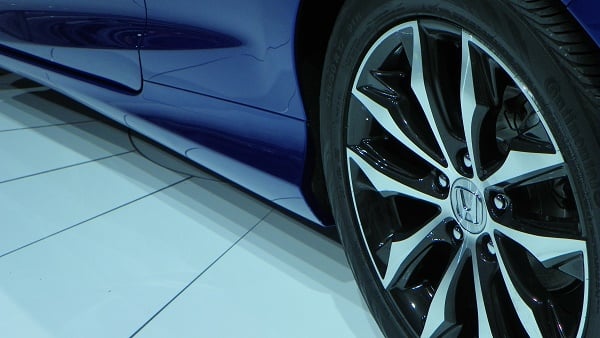I’ll be the first to admit it: With extended service cycles being the norm for today’s low friction, high fuel efficiency engines and drive-trains, 10,000 miles can fly by with the proverbial blink of the eye, as we transition into Fall and Winter.
As brought to our attention Wednesday by the non profit ”Car Care Council,” nearly a third of all car owners unwittingly neglect to check important fluid levels. In this case, due diligence can save you money, in a minute or two, it’s easy!
You’re busy, we’re busy, but hey! It only takes a minute or two
The Car Care Council tells Torque News, “Fluids and lubricants rank among the most neglected items when it comes to basic auto care, says the non-profit Car Care Council.
Community car care events held throughout the country found that the top-three fluids most likely to be low or contaminated are windshield washer fluid in 26 percent of inspected vehicles, followed by engine oil at 23 percent and coolant at 19 percent.” What about factory recommended service cycles?
I’ll add wiper blades, deicer, ice scraper and tire change to my list
Rather one lives in Miami Beach, Florida or Vancouver, Washington, windshield wiper fluid paired with a fresh set of wiper blades makes for a safer drive and ride experience. It’s that sometimes blinding, and lightning struck realization, that your wiper blades are shot, in that first heavy fog or rain downpour -- that unwittingly places many otherwise safe drivers in danger's path. Both, easily remedied in many regions for less than $30.
Hey, I’m pretty sure I looked at the oil level last week
With the busy, generally rushed, dash out the door to work in the morning, and traffic-jammed, “F”-it, I just want to get home" Return to the homestead, few of us find the time to pop the hood and check the oil level, much less have the engine oil changed.
With the last century exit of most full service gas stations, that complimentary oil check went the way of $1 gasoline. Hey, it’s worth effort, and easy! The #1 cause of engine failure in a day of 100,000 mile tune up cycles is low or no oil!
In most cases your local quick lube is happy to check your oil for free, do it!
What’s that hot, sweet smell coming from under my hood? The #2 case of engine failure is the loss of cooling fluids, where did it go? Well, in most cases lower coolant levels in today’s sealed coolant systems from leaking radiator hoses, cabin heater circulation hoses, water pumps, and leaking water pumps -- not generally a cause of low coolant levels in newer cars.
Pop the hood open! You will find a plastic reservoir, generally located within easy view and access. Look to the side of the plastic translucent container for a cold-level fill line. “Top it off” if needed with a car-brand compatible 50/50 antifreeze, coolant blend, easy!
Today’s tires play a critical role in fuel efficiency and safety
A low pressure or excessively worn tire will not only impact your optimum safety, but also decrease your fuel efficiency. By checking your tire pressure, and rotating tires at recommended intervals, not only will you maintain high fuel efficiency and good road contact, but further extend the tread life of the tire, thus saving money. It’s all good and easy.





